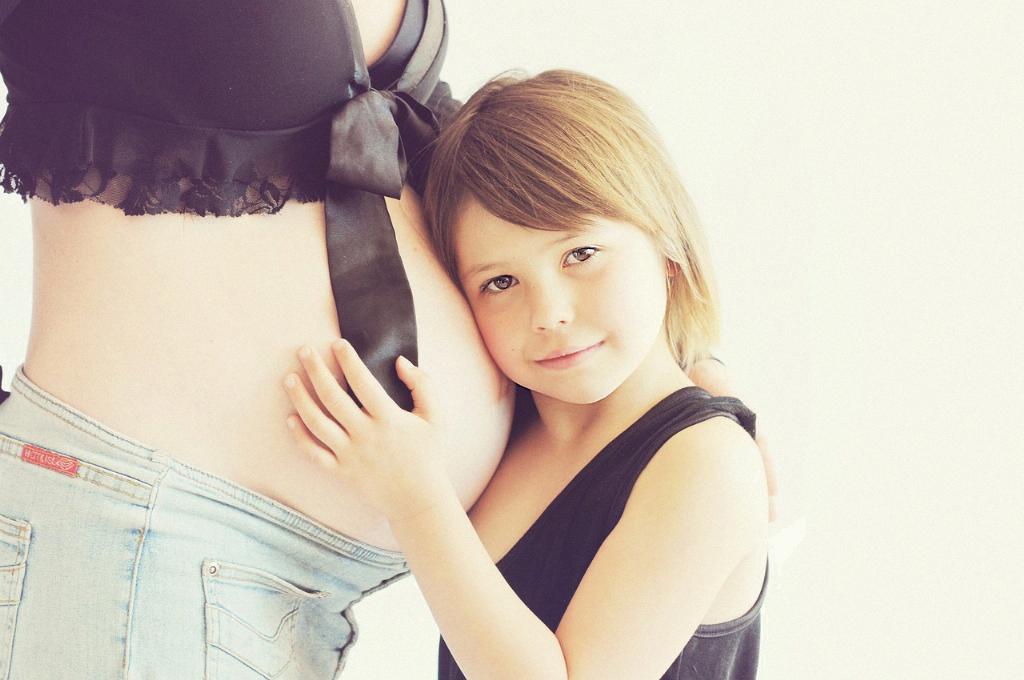When faced with the diagnosis of a blighted ovum during pregnancy, it is natural to have numerous questions and concerns. One common inquiry that arises is whether a blighted ovum will miscarry naturally. Let’s delve into this topic to provide clarity and insight for individuals navigating this challenging situation.
Defining a Blighted Ovum
Before delving into the concept of natural miscarriage in the case of a blighted ovum, it is essential to comprehend what this term denotes. A blighted ovum occurs when a fertilized egg implants in the uterus but fails to develop into an embryo. Despite the absence of a developing embryo, the gestational sac is evident during ultrasound examinations.
Natural Miscarriage Process
One key aspect to consider is the natural process by which a blighted ovum typically leads to a miscarriage. In most instances, the body recognizes that the pregnancy is not progressing as expected and initiates mechanisms to expel the nonviable pregnancy. This is often manifested through the shedding of blood and tissue from the uterus, resulting in a miscarriage.
Timing of Miscarriage
Research indicates that a blighted ovum miscarriage usually occurs between 7 to 12 weeks of pregnancy. During this timeframe, the body undergoes significant changes, and the absence of embryonic development triggers the natural miscarriage process. It is crucial to be cognizant of this timeline when grappling with the implications of a blighted ovum diagnosis.
Physical and Emotional Impact
The experience of a blighted ovum and the ensuing natural miscarriage can have profound physical and emotional effects on individuals. The physical aspects may entail symptoms such as vaginal bleeding and cramping, while the emotional toll can encompass feelings of grief, loss, and uncertainty about future pregnancies.
Medical Intervention
Although a blighted ovum typically results in a natural miscarriage, some individuals may opt for medical intervention to expedite the process. This can involve procedures such as a dilation and curettage (D&C) to remove the remaining pregnancy tissue from the uterus. It is essential to consult with healthcare providers to determine the most suitable course of action for individual circumstances.
Monitoring and Follow-Up Care
Following a blighted ovum diagnosis and natural miscarriage, ongoing monitoring and follow-up care are crucial aspects of the recovery process. Healthcare providers may perform follow-up ultrasounds to ensure that the uterus is fully evacuated and provide guidance on physical and emotional healing during this challenging period.
Support and Resources
Navigating a blighted ovum and natural miscarriage can be a daunting journey, but it is important to remember that support and resources are available. Seek out support groups, counseling services, and healthcare professionals who can offer guidance, empathy, and assistance as you navigate this challenging time.
Embracing Healing and Resilience
As you navigate the aftermath of a blighted ovum and natural miscarriage, it is essential to prioritize self-care, healing, and resilience. Give yourself time to grieve, process emotions, and seek solace in the support of loved ones. Remember that healing is a unique and ongoing journey that unfolds at its own pace.
Looking Towards the Future
While the experience of a blighted ovum and natural miscarriage can be immensely challenging, it is important to maintain hope and positivity for the future. Be open to exploring options for future pregnancies, seek guidance from healthcare providers, and nurture a sense of resilience as you embark on the journey towards conception and parenthood.
Conclusion
In conclusion, the process of a natural miscarriage in the case of a blighted ovum is a complex and emotionally taxing experience. By understanding the factors at play, seeking support, and prioritizing self-care, individuals can navigate this challenging journey with compassion, resilience, and hope for the future.

